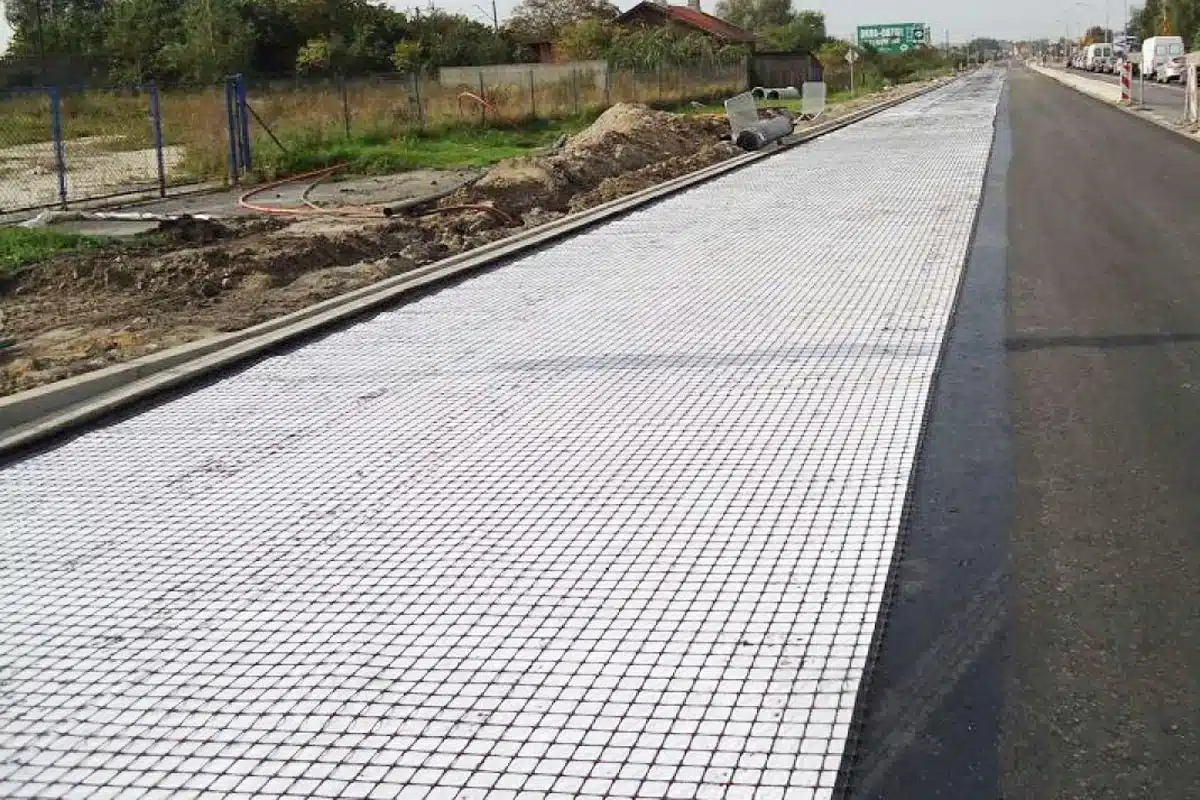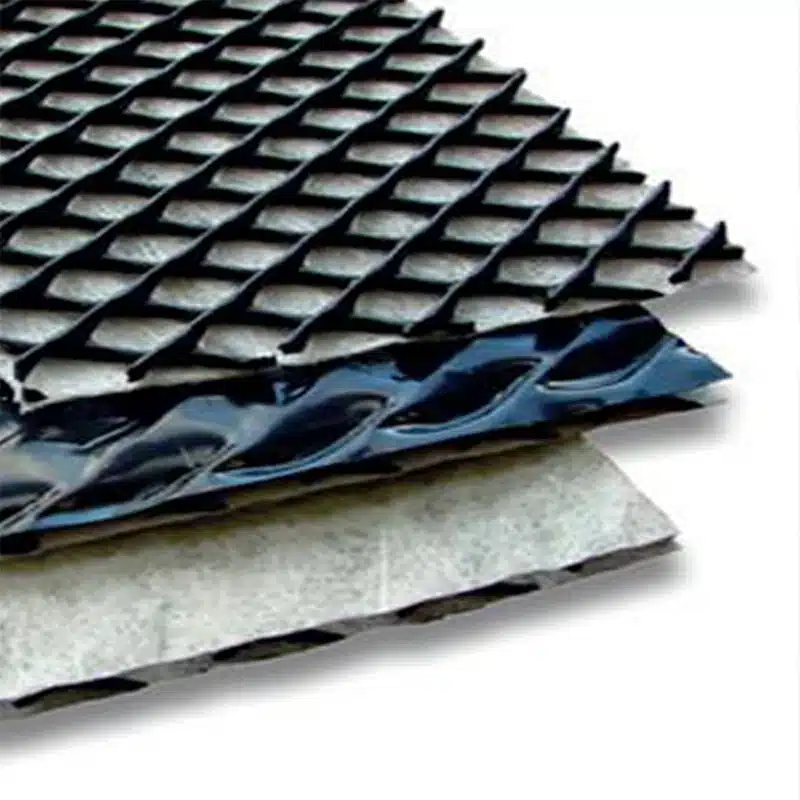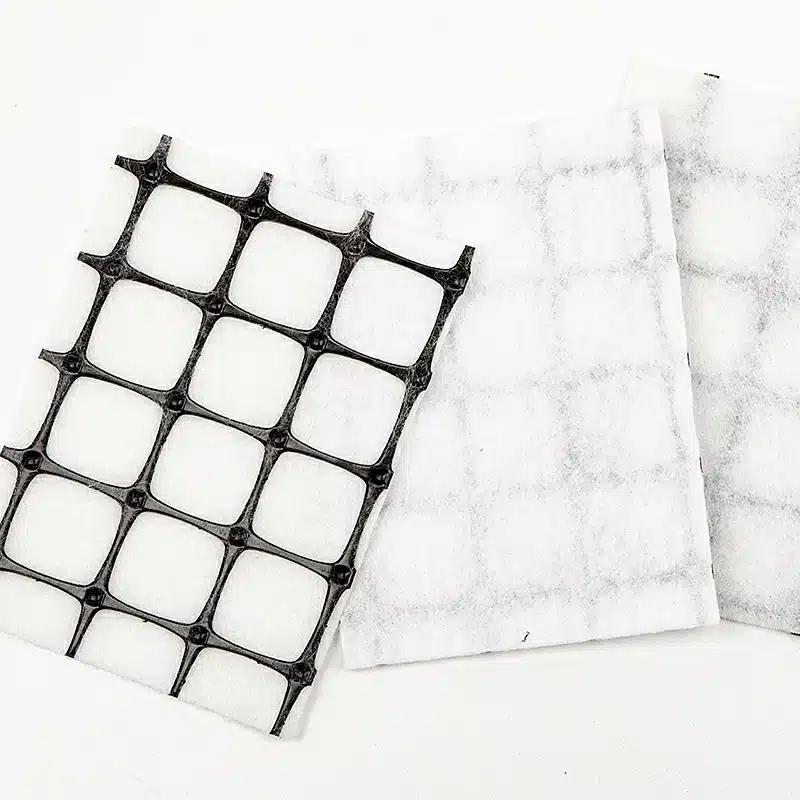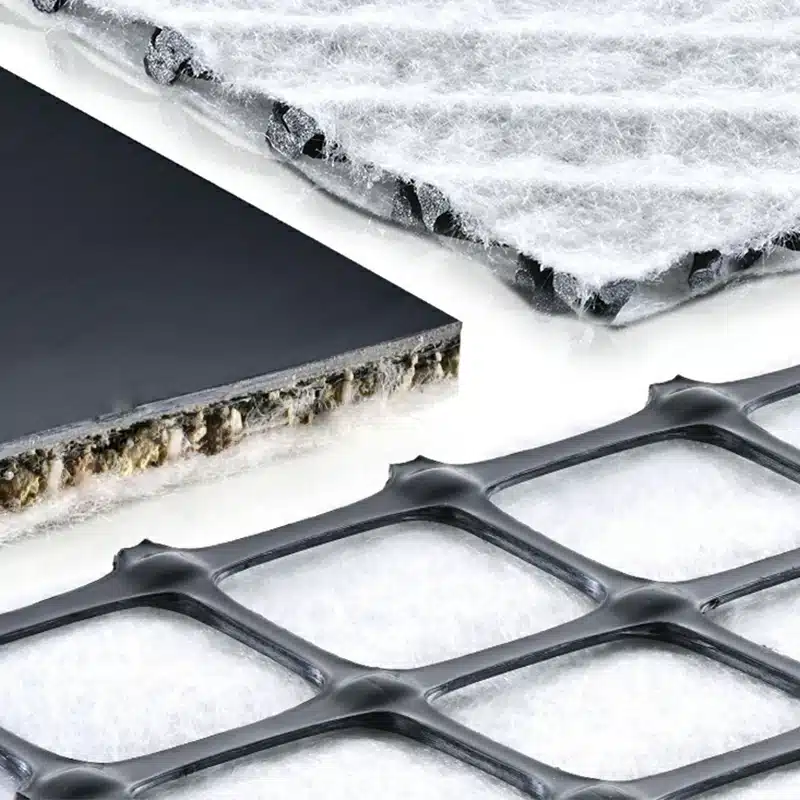Geocomposite Wall Drain: An Essential Element for Efficient Drainage in Retaining Walls
Geocomposite wall drains are an innovative solution designed to manage water drainage in retaining walls, helping prevent water pressure buildup and subsequent structural damage. These systems combine multiple geosynthetic materials, offering a more efficient and versatile approach to controlling water and soil stability. In this article, we will explore what geocomposite wall drains are, their benefits, and how they compare to other geosynthetic materials.
What is a geocomposite wall drain?
A geocomposite wall drain is a drainage system made from a combination of geosynthetics, typically a combination of a geotextile filter fabric and a drainage core. The geotextile component filters soil and debris, while the core provides a path for water to flow away from the structure. These systems, often in the form of a prefabricated drain system that is used to provide drainage behind Earth Retaining Structures (ERSs) or abutment backwalls, are installed behind retaining walls to reduce water pressure, which can compromise the structural integrity of the wall.

What is the difference between geotextile and geocomposite?
The key difference between geotextile and geocomposite lies in their composition and function. Geotextiles are single-layer fabrics, usually made from polypropylene or polyester, and serve specific purposes like separation, filtration, and protection. A geocomposite consists of a combination of one or more geosynthetics, specifically a geogrid, a geotextile, a geomembrane, and/or a geonet, with another material. In contrast, geocomposites combine multiple geosynthetics, such as a geotextile layer and a drainage core. While geotextiles focus on filtration and separation, geocomposites are engineered for more complex tasks like water drainage and soil stabilization.
What is the purpose of geocomposites?
The purpose of geocomposites is to provide multifunctional solutions by combining different geosynthetics into a single system. These systems are designed to address various functions, including separation, reinforcement, filtration, drainage, and containment. Geocomposite wall drains are primarily used to control water drainage and improve soil stability. Geocomposites allow for better water management, reducing the hydrostatic pressure behind structures like retaining walls, landfills, and other critical infrastructures.
What is the use of geosynthetics in retaining walls?
Geosynthetics, including geocomposites, are widely used in retaining walls to enhance their durability and longevity. In retaining walls, geosynthetics are used to reinforce and stabilize soil, preventing erosion and landslides, while also serving functions such as soil reinforcement, filtration, and drainage. Geocomposites, in particular, are crucial for managing water drainage, as they prevent water accumulation behind the wall, which can lead to erosion and structural failure. By integrating geosynthetics like geocomposite wall drains, retaining walls become more resilient and require less maintenance over time.
Geocomposite wall drains offer an advanced solution for managing water drainage in retaining walls and other structures. By combining geotextiles and drainage cores, geocomposites provide an efficient way to control water flow, reduce hydrostatic pressure, and maintain soil stability. While geotextiles are single-layer materials designed for filtration and separation, geocomposites bring multiple functions together, making them indispensable in modern civil engineering. When used in retaining walls, geosynthetics, including geocomposites, enhance the wall’s performance, ensuring long-lasting structural integrity and reducing the risk of water-related damage.



Comments
Post a Comment